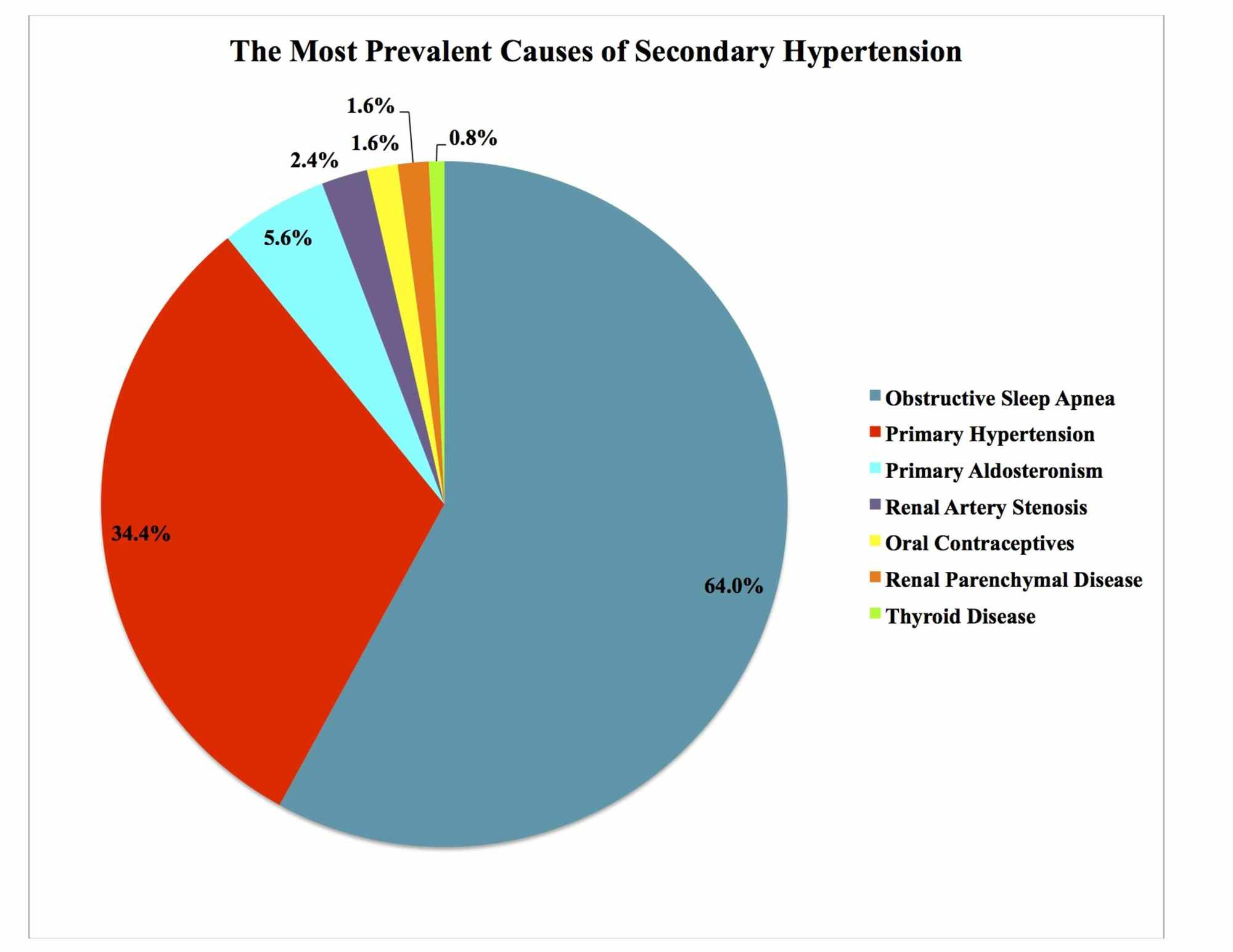

- #VA DISABILITY PERCENTAGES HEP C AMOUNTS HOW TO#
- #VA DISABILITY PERCENTAGES HEP C AMOUNTS FULL#
- #VA DISABILITY PERCENTAGES HEP C AMOUNTS CODE#
* Note: There is a similar law, often referred to as concurrent receipt, which applies to receiving disability compensation while receiving retirement pay.

However, you must choose to suspend that benefit if you are called up for training or to active duty if you want to receive active duty or training pay. In short, the law states you can collect a pension, retainer pay, disability compensation or other earned pay.
#VA DISABILITY PERCENTAGES HEP C AMOUNTS CODE#
Code § 5304: Under section (c) Pension, compensation or retirement pay on account of any person’s own service shall not be paid to such person for any period for which such person receives active service pay. Code § 12316: U nder section (b) Unless the payments because of his earlier military service are greater than the compensation prescribed by subsection (a)(2), a Reserve of the Army, Navy, Air Force, Marine Corps or Coast Guard who because of his earlier military service is entitled to a pension, retired or retainer pay or disability compensation, and who upon being ordered to active duty for a period of more than 30 days in time of war or national emergency is found physically qualified to perform that duty, ceases to be entitled to the payments because of his earlier military service until the period of active duty ends.
#VA DISABILITY PERCENTAGES HEP C AMOUNTS FULL#
You can read the full sections linked above, or check out these two excerpts, which give you the gist of the law: Code § 5304 – Prohibition against duplication of benefits. Code § 12316 – Payment of certain Reserves while on duty, and 38 U.S.

There is a law on the books, often referred to as “concurrent receipt,” which prohibits service members from being paid for active duty or active or inactive training concurrently with VA disability compensation or pension benefits.* You can find these laws written in 10 U.S. » MORE: Unleash the Full Potential of Your VA Home Loan Benefitsĭual Compensation from the VA and the Military is Prohibited The article linked above includes more detailed information about this process and what to do if/when your medical application is denied and requires waivers.įor now, let’s take a look at how having a VA service-connected disability rating affects your ability to join the Guard or Reserves and how it affects your pay and compensation. Provided you meet all other criteria (such as the right reenlistment code or RE code, age, weight and other factors), the recruiter will process your application and submit it to MEPS for a medical review. In short, the process starts by contacting a recruiter and expressing your interest to join the military. This article covers getting a medical waiver to join the military. The primary factors the military considers are whether or not you are physically fit enough to serve and whether or not your medical condition(s) will prevent you from serving or cause potential harm to you or the members of your unit. There is no magic number too high to prevent you from joining the military – it all comes down to the type of medical condition and its severity.

Medical waivers are processed independently from your VA disability rating. This will almost certainly require a medical waiver if you have a VA service-connected disability rating. But if you have been off active duty for a while, you will likely need to process through MEPS again. It may be possible to transition directly from active duty into the Guard or Reserves without a waiver. If you have an injury or medical condition severe enough to warrant a VA disability rating, the chance that you need a medical waiver to join the military again are high.
#VA DISABILITY PERCENTAGES HEP C AMOUNTS HOW TO#
How to Join the Guard or Reserves with a VA Disability Rating You can join the National Guard or Reserves with a VA Disability Rating – if you can get medical clearance. Some injuries or disabilities may indeed prevent you from serving, but the service-connected disability rating isn’t the barrier, it’s the injury. A misconception about having a VA service-connected disability rating is that it closes the door to you ever serving in the military again.


 0 kommentar(er)
0 kommentar(er)
